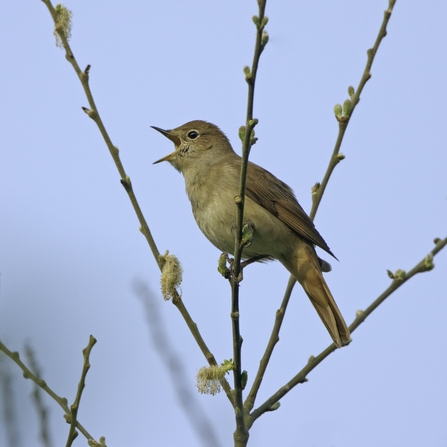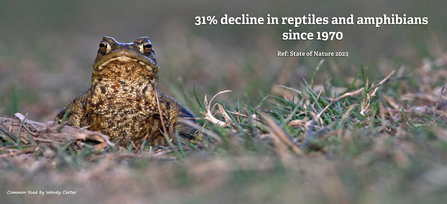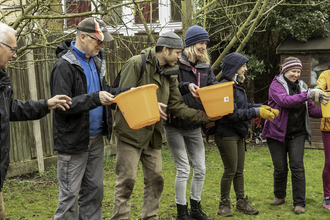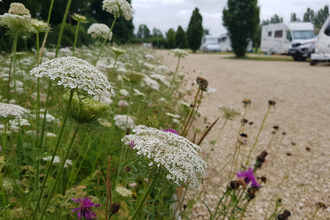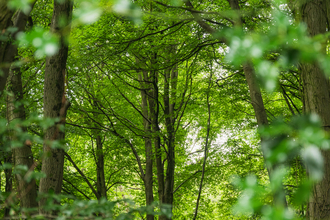The landmark State of Nature 2023 report shows that nature is continuing to decline at an alarming rate across the UK, which is already one of the most nature-depleted countries in the world (we are in the bottom 3%).
There have been three previous reports, in 2013, 2016 and 2019, and with every new State of Nature report, we are seeing the situation for our wildlife continue to get worse.
The 2023 report, compiled by around 50 environmental and research organisations, tracks the abundance of more than 10,000 species and compares these to levels in 1970. It shows:
- One in six species is at risk of being lost from Great Britain (up from one in seven in 2019 and one in ten in 2013)
- Overall abundance of all species has, on average, declined by 19% since monitoring began in 1970
- Most important habitats are in poor condition, though restoration projects have clear benefits for nature, people and adapting to climate change
Drilling into the detail we can see that different groups have declined by different extents compared to 1970:
- Birds – 43% decline
- Reptiles & amphibians – 31% decline
- Terrestrial mammals – 26% decline
- Insects – 18% decline
- Flowering plants - 54% decline
These figures only serve to confirm our worst fears; nature is in crisis.
We know how to help nature recover so just imagine where we would be if it wasn’t for all the brilliant work done by conservation organisations and so many others over the last 60 years!
When I moved to Worcestershire in the 1980s otters were extinct here and seeing a buzzard or a red kite was a rare treat. Now they are thriving.


